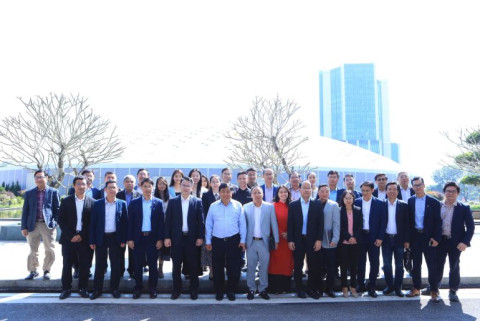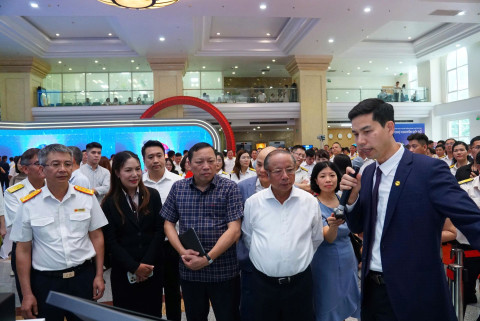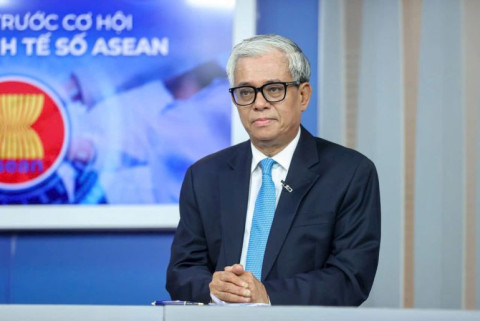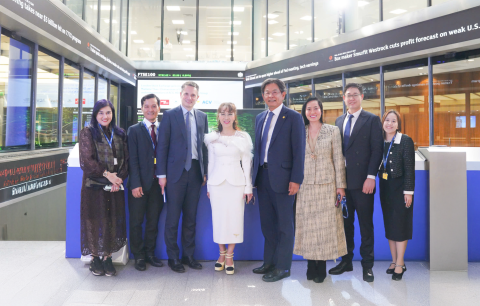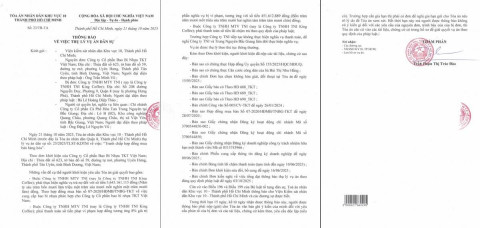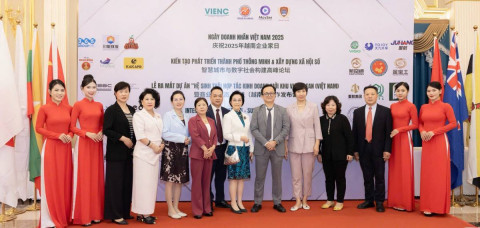Unlocking Economic and Tourism Potential through Music Festivals
- 290
- Business
- 17:34 15/02/2024
DNHN - A highly popular community cultural activity, music festivals offer significant economic and tourism benefits. Many countries around the world have established renowned music festival brands that attract millions of fans each year.
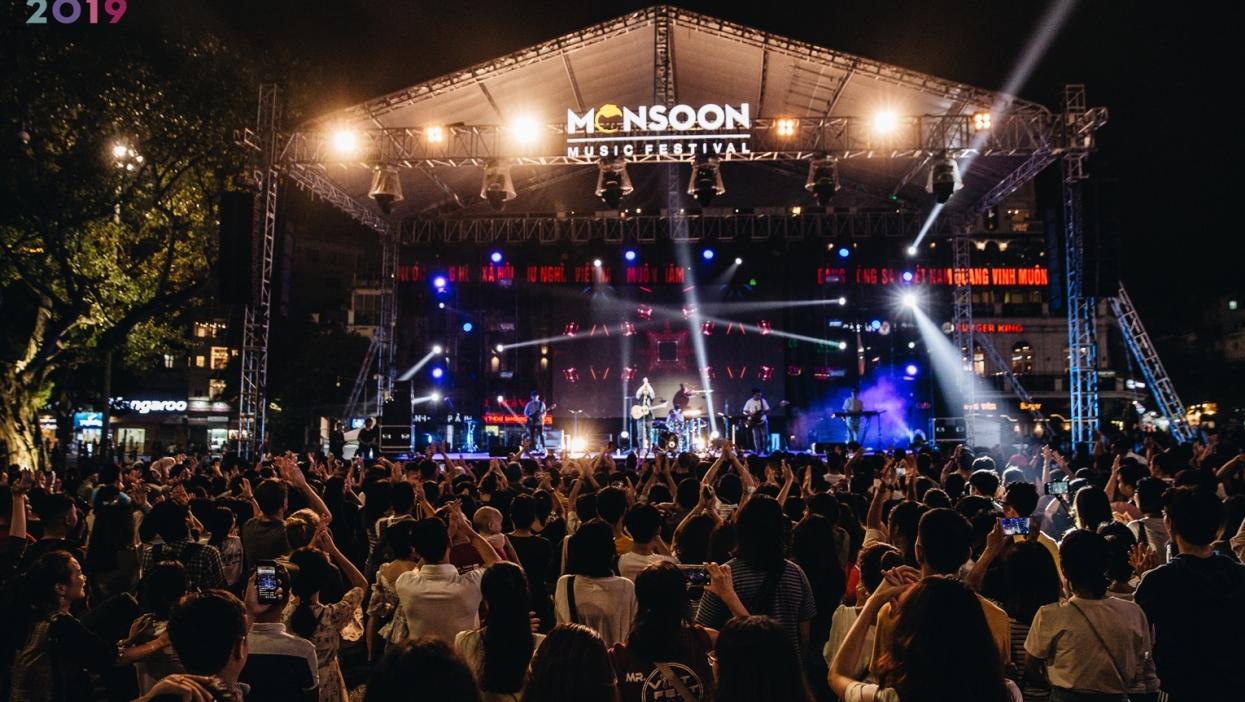
2023 was a boom year for the global music industry, with many music festivals achieving record revenues. In Vietnam, some localities have also recognised the immense benefits of music festivals in stimulating tourism and economic development. Several music festivals have been invested in, organised, and have begun to attract public interest.
Music drives the economy and tourism
Music festivals, also known as mega-concerts or festival music, are typically held in large, covered or open-air spaces and attract a large audience. Music festivals can be held annually at a specific time, irregularly, or only once, but they are always large-scale and feature many famous stars. In countries with developed music industries, music festivals have become an integral part of community life in the localities where they are held. The huge revenues generated by music festivals contribute significantly to economic development and create short-term and long-term employment for local people. Many prestigious music festivals have become indispensable cultural experiences for music enthusiasts. In the US, dozens of music festivals are held each year, generating huge revenues. For example, the Coachella Music Festival is held annually in April in the Coachella Valley of California. Coachella attracts over 250,000 attendees each year and always features top-rated stars. Coachella has an outdoor stage, a large campground, a food court, and many other social activities. Another music festival, Lollapalooza, was initially held in Chicago and later expanded to many cities in various countries and continents, such as Sao Paulo, Berlin, and Stockholm. Lollapalooza is a platform for famous contemporary rock and pop artists. In Wisconsin, Rock Fest is a camping and rock music festival held on a 360-acre site and regularly features 50 bands, attracting thousands of attendees from around the world. In Belgium, audiences have long been familiar with the music festival with a magnificent stage, lighting, and impressive visual effects called Tomorrowland. This is the destination for the world’s top DJs, attracting 400,000 people each year. Tomorrowland is a modern complex that, in addition to the performance area, also offers spa services, food, shops, and many entertainment activities. In Hungary, the Sziget Festival is one of the largest music festivals in Europe, attracting nearly 500,000 people each year. Sziget attracts over 1,000 international artists each year, not only in music but also in other fields such as circus, theatre, and street art.
In Asia, the largest music festival is Fuji Rock Festival, held annually in Japan. Fuji Rock Festival attracts around 135,000 attendees each year. In addition to immersing themselves in music, visitors can also experience activities such as Japanese cuisine, yoga, and spa treatments. In 2023, neighbouring countries such as China, Singapore, and South Korea also experienced a boom in music festivals. A convincing example is that in June 2023, the island nation of Singapore became a top destination when famous star Taylor Swift chose it as her Asian stop. Over 30 million people worldwide registered to buy tickets online within hours of the sale opening. Airlines, accommodation, and restaurants in the island nation increased their services dramatically to accommodate a large number of visitors at one time.
Examples like these help us visualise the economic and tourism potential of popular music festivals.
Looking at the large number of attendees, it is possible to quantify the huge revenue generated in the localities where music festivals are held, from ticket sales, restaurant services, hotels, entertainment, shopping, etc. In today’s era of integration, when the music industry has become a spiritual need for many people, especially young people, spending money on tickets and travelling to music festivals to meet idols has become a habit. In addition to enhancing people’s spiritual life and musical tastes, music festivals also indirectly create jobs for thousands of locals.
It is estimated that a world-famous music festival can attract hundreds of famous performing artists, thousands of volunteers to assist with the organisation, and many services related to music and tourism, such as music product sales, souvenirs, food, entertainment, fashion, and healthcare. In developed countries, it has been proven that large-scale musical activities often play an important role in boosting the economy. The city or locality hosting the music festival can undergo a dramatic, positive transformation thanks to the music festival, as many fans are willing to spend money to come, meet their idols, immerse themselves in the wonderful atmosphere of space, light, and sound, and enjoy many convenient services. Statistics from Future Market Insight show that the global music tourism market reached a revenue of approximately $6 billion in 2023 and is predicted to increase rapidly in the coming years. The Asian regional market, including Vietnam, is witnessing a spectacular breakthrough.
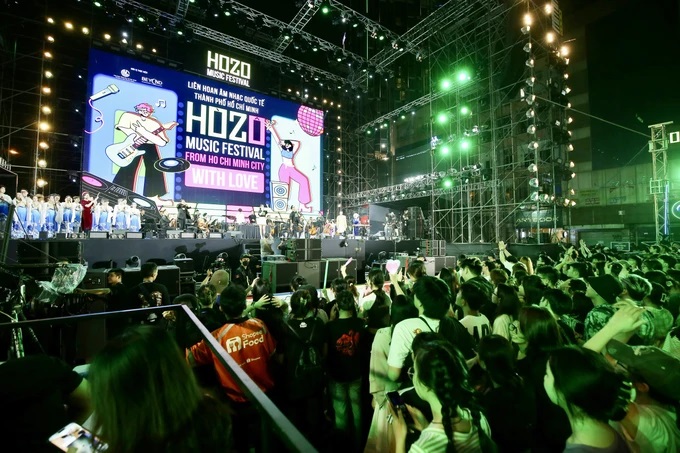
Music festivals in Vietnam - Opportunities and challenges
The phrase “Music tourism” has recently emerged, reflecting the trend of many people choosing to “travel” to a location to enjoy music rather than staying home to listen or watch on technology platforms or television. In Vietnam, to date, there have been three annual music festivals held, concentrated in the two major cities of Hanoi and Ho Chi Minh City. These are the music festivals: Monsoon, HOZO, and Hayfest. After five successful years of organisation, Monsoon was chosen by Hanoi as one of the key programmes of the Cultural Industry Development Project in the capital for the 2021-2025 period. HOZO was approved by the Ho Chi Minh City government in 2019 with the content of investing in all favourable conditions, ready to transform the locality into a true “Music City”. In 2023, these music festivals all attracted a large number of attendees, specifically: Monsoon welcomed 80,000 attendees, HOZO welcomed 200,000 attendees, and Hayfest welcomed over 10,000 attendees. In addition to these annual music festivals, 2023 was also a memorable year for many mega-concerts and major programmes by famous domestic and international stars that attracted record audiences. For example, the show by the Korean group Blackpink attracted over 67,000 attendees, and the show by artist Kenny G attracted 40,000 attendees. Shows by domestic artists such as My Tam, Ha Anh Tuan, Ha Ho, and Den Vau also had a very large audience. The trend of organising outdoor shows at famous tourist destinations such as Ninh Binh, Da Nang, and Da Lat is being of interest to stars and organisers. Domestic fans have also started to get into the habit of travelling to enjoy their idols’ music.
The music tourism market in Vietnam is still very new, with much potential. We have a large, young, enthusiastic audience that is eager for new things and ready to embrace global music trends. We also have a team of well-trained music organisers who are ready to contribute to the community. The human resources serving the “music tourism” industry are abundant and not afraid of difficulties. These are the necessary foundations for developing the music industry and the cultural industry. However, we are only just beginning, and the difficulties are still piling up. Because to be able to organise a good music festival, to build it into a brand associated with a locality or city, requires many conditions. Experts point out five main factors necessary for organising a music festival: the presence of influential artists, quality music, good venue and space, a civilised audience, and a rich, attractive system of services related to music. Looking at the reality, these factors in our country are not yet complete. For example, our audience is large but does not yet have the habit of buying tickets, so even music festival shows depend on brands. The conditions related to music quality, sound, and lighting are still limited, and the ability to pay artists, as well as services, are not yet synchronised, but these are the strict requirements of world stars when agreeing to participate in a music festival in a country. That’s why, on her 2023 world tour, female artist Taylor Swift chose only one country in Asia to perform in Singapore. To become one of the destinations for famous global stars, the Vietnamese market needs to make a lot of effort to improve infrastructure conditions as well as train a civilised audience with good musical taste.
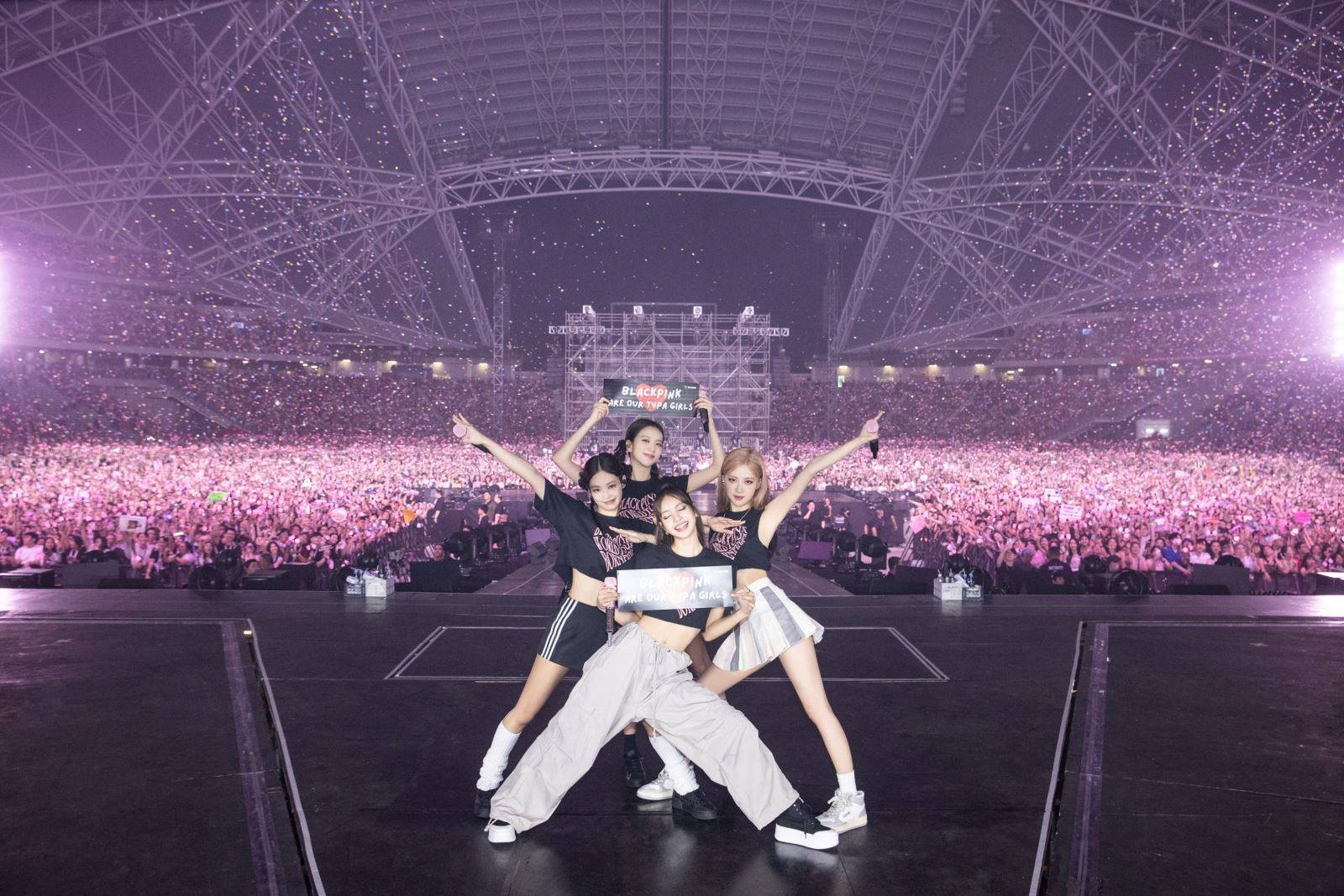
World experience shows that building a brand for music festivals always requires the role of the locality and is the vision of a locality or city in developing the economy, culture, and tourism. Hanoi and Ho Chi Minh City have also chosen music festivals such as Monsoon and HOZO to invest in, opening up policies to create conditions for artists to be free to create, focusing on encouraging economic sectors related to music, to complete the infrastructure for a “music city” in the future. We have many cities and tourist destinations that attract visitors and can organise music festivals. Da Lat, Da Nang, Ninh Binh, Hue, etc., if the authorities pay attention to creating favourable conditions, can completely create large music festivals to exploit tourism potential. The problem lies in the thinking, awareness, and actions of each locality through policies that benefit culture and music.
In 2023, the Vietnamese tourism industry welcomed over 11 million international visitors and served over 103 million domestic visitors, but the number of visitors to destinations to attend music festivals is still very modest. How to create a healthy music environment so that visitors are more eager to come to music festivals is a problem for each city or locality hosting the event.
There is every reason to believe in the strong development of music festivals with Vietnamese brands in the future because the music industry has been identified as the focus of the cultural industry, in the 2030 Vision Cultural Development Strategy set out by the Government. Hanoi and Ho Chi Minh City are actively investing in the music industry, focusing on music festivals, and the initial achievements will certainly be an encouragement for other localities with tourism potential to learn from and build their music festivals. Hopefully, shortly, music fans at home and abroad will have more opportunities to meet stars of the performing arts industry at beautiful and popular tourist destinations.
Binh Nguyen
Related news
- Connecting Leaders, Shaping the Future: Strategic Leadership Planning Meeting – CorporateConnections Hanoi A
- Sunlight - Unilever Vietnam Recognized for Outstanding Contributions to the National Initiative Supporting Women Entrepreneurs
- Deputy Prime Minister Nguyễn Chí Dũng: “The country’s major challenges weigh heavily on my mind — and we must resolve them together.
- Unitsky String Technologies signs cooperation agreements with three Vietnamese partners, opening a new direction for smart mobility and sustainable development
- When artists do business – livelihood is no poetry!
- Before the D‑day to abolish flat‑rate tax: Fear of technology and costs leave small traders struggling to adapt
- Vietnamese enterprises at a crossroads: the impact of a potential US–China deal
- "Digital technicians" must not be forgotten if Vietnam aims to meet its strategic goals
- HDBank: Impressive profit growth, leading in profitability and advancing international integration
- TNI King Coffee sued for over VND 5 Billion in unpaid debts
- VINASME and Jeonnam Technopark Sign MOU on technology cooperation, human resource training, and trade promotion
- Vietnamese entrepreneurs strengthen ASEAN connectivity in the digital iIntegration era
- Prime Minister: Vietnam aims to become a regional logistics hub
- Vietnam upgraded to Secondary Emerging Market by FTSE Russell
- Hanoi’s economy grows 7.92% in first nine months of 2025, FDI surges nearly threefold
- Vietnam’s strong gdp growth fails to ease labor market distress
- US tariffs on Brazil propel Vietnam’s pangasius into global spotlight
- VietLeap AI Accelerator launches: A strategic springboard for Vietnam’s AI startups
- CICON expands strategic alliances: A new step forward in Vietnam–Korea business connectivity
- What must Vietnamese enterprises do to maintain their position in the global supply chain?
Đọc thêm Business
Connecting Leaders, Shaping the Future: Strategic Leadership Planning Meeting – CorporateConnections Hanoi A
"Your network is your most powerful flowing asset. It generates value, multiplies opportunities, and accelerates your influence across borders."
Innovative ESG enterprise: Trạm Xe Việt startup proposes solutions to build a green mobility ecosystem
As Vietnam commits to achieving Net Zero by 2050 and tightens emissions standards, the transportation sector faces unprecedented pressure to transform.
Deputy Prime Minister Nguyễn Chí Dũng: “The country’s major challenges weigh heavily on my mind — and we must resolve them together.
On the morning of November 26, 2025, Deputy Prime Minister Nguyễn Chí Dũng chaired a high-level working session at the National Innovation Center (NIC) in Hòa Lạc.
Unitsky String Technologies signs cooperation agreements with three Vietnamese partners, opening a new direction for smart mobility and sustainable development
The signing ceremony took place in Minsk, Belarus, on November 28, 2025.
Before the D‑day to abolish flat‑rate tax: Fear of technology and costs leave small traders struggling to adapt
From 1 January 2026 the flat‑rate tax regime will be abolished. Small business households will be required to declare tax based on actual revenue. MISA supports the transition with technology to help micro‑merchants adapt smoothly and transparently.
Vietnamese enterprises at a crossroads: the impact of a potential US–China deal
As the world closely monitors every shift in US-China relations, emerging signals of a strategic agreement between the two global powers are raising hopes for global economic stability.
HDBank: Impressive profit growth, leading in profitability and advancing international integration
Ho Chi Minh City Development Joint Stock Commercial Bank (HDBank, stock code HDB) announced its consolidated profit before tax for the first 9 months of 2025 reached VND 14,803 billion, marking a 17% increase year-on-year (YoY).
TNI King Coffee sued for over VND 5 Billion in unpaid debts
On October 21, 2025, the People’s Court of District 10 in Ho Chi Minh City officially accepted a civil lawsuit concerning a commercial contract dispute between TKT Vietnam Plastic Packaging Joint Stock Company and TNI King Coffee Co., Ltd.
VINASME and Jeonnam Technopark Sign MOU on technology cooperation, human resource training, and trade promotion
On October 15, 2025, in Hanoi, VINASME and Jeonnam Technopark (Korea) signed an MOU to promote trade, advance technology transfer, and develop human resources between enterprises of both nations.
Vietnamese entrepreneurs strengthen ASEAN connectivity in the digital iIntegration era
On the occasion of Vietnam Entrepreneurs’ Day (October 13), an international event themed “Integration – Innovation – Sustainable Development” was solemnly held in Ho Chi Minh City.




